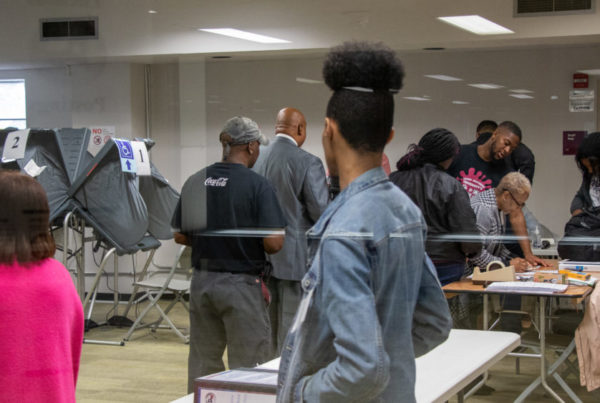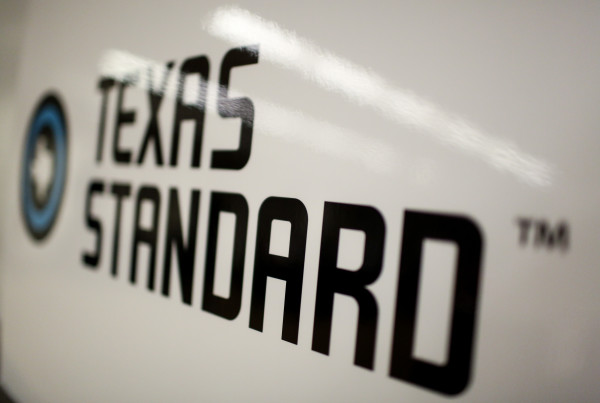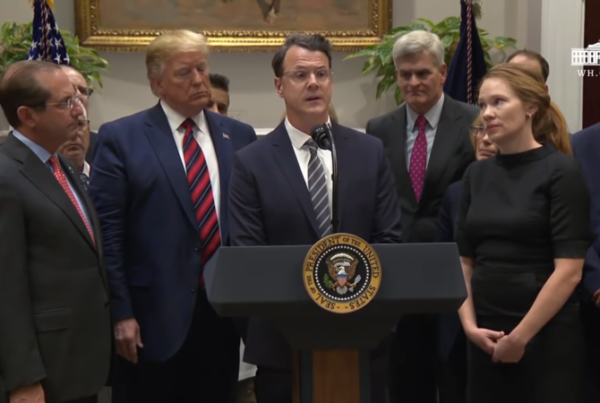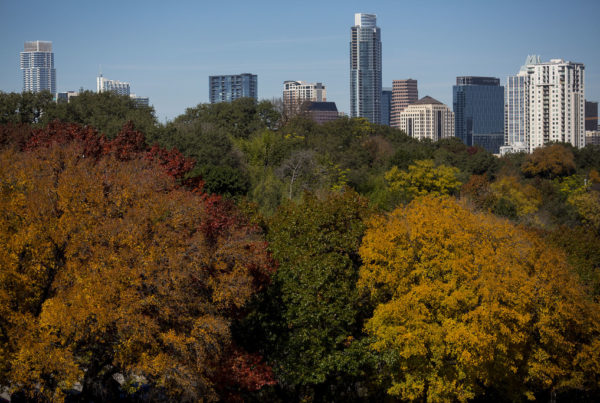Drillers out in West Texas are producing so much natural gas as a byproduct of oil production that they’re literally setting it on fire – a practice known as “flaring.” But the Federal Energy Regulatory Commission, or FERC, recently made a decision that could change that.
On Thursday, the commission approved the construction of four new liquefied natural gas, or LNG, terminals along the Texas Gulf Coast – one in Corpus Christi and three in the Rio Grande Valley. With the new terminals, oil and gas companies will have the ability to capture and liquefy natural gas, then export it through those terminals.
The approval came with some controversy. A coalition of environmental activist groups, representatives of the Carrizo/Comecrudo Tribe, shrimpers and residents of nearby Rio Grande Valley colonias, among others, have protested the building plans.
Sergio Chapa is an energy reporter for the Houston Chronicle, and says central to the controversy is the desire by some for more jobs, while others are focused on environmental protection.
“These projects would be built in a wildlife corridor between the United States and Mexico for endangered species like the ocelot, jaguarundi and Aplomado falcon,” Chapa says. “The shrimpers and fishermen had concerns about safety and the impact of these operations to their livelihoods. And then you had a colonia concerned about air quality.”
What you’ll hear in this segment:
– Why some groups in the Rio Grande Valley oppose the new LNG terminals
– How the new terminals could affect local economies
– Whether approval by FERC means the terminals will actually be built
Written by Antonio Cueto.
















